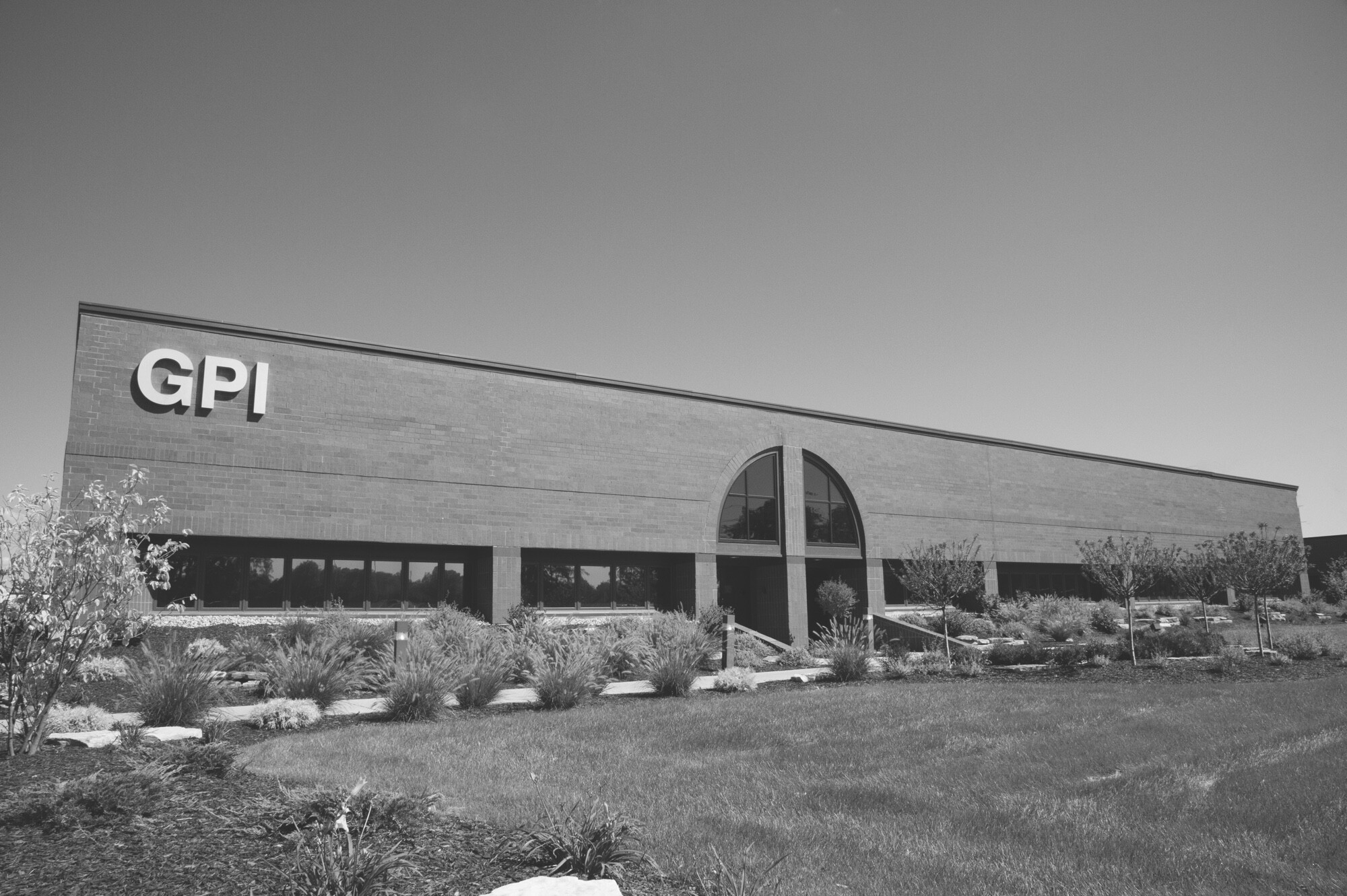$276 billion.
According to one study, that was the total annual estimated direct cost of corrosion in the United States.
Regular machine use with proper lubrication often prevents this issue. However, current market conditions are making corrosion a bigger and bigger obstacle.
Whether it’s due to a reduced workforce, shrinking orders, or numerous other factors, companies all over the country are deciding to idle some of their equipment. Regardless of the reason, it’s important to take steps now to prevent financial problems in the future.
That’s because rust is a constant threat to your business.
The Consequences Of Poor Rust Prevention
Some companies idle their equipment by simply shutting the machines down and forgetting about them. That makes life easy until the time comes to turn them back on. When that happens, operators are often greeted with a major headache. Damage caused by rust isn’t always easy to see with the naked eye.
Poor rust prevention is likely to cause:
-
Increased downtime
-
Decreased productivity
-
Increased maintenance costs
-
Shortened equipment life
When you have opportunities for growth, these obstacles can absolutely destroy your momentum.
Following through on a rust prevention program requires time and money. However, that investment is worth the effort. After all, it’s better (and cheaper) to be proactive rather than reactive.
Starting Your Rust Prevention Program
First, it’s important to know where to start. All lubricated equipment and parts should be included in your rust prevention program. Before you begin, take inventory of your machinery to make sure nothing falls through the cracks.
Rust prevention is designed to protect both the external and internal metal surfaces of your equipment by coating them with a protective barrier. Paint is a great example. Just remember that paint can easily chip away, so you won’t regret taking the time to inspect.
Where the bare metal is exposed, you need to apply a corrosion inhibitor. These inhibitors fall into four different categories:
-
Anodic inhibitors
-
Cathodic inhibitors
-
Mixed inhibitors
-
Volatile corrosion inhibitors
Different categories are needed for different situations. Determining what type of inhibitor to apply and how often can be confusing. If you have questions about this process, it can be helpful to talk to a local expert. Our team here at General Petroleum is here to assist you.
Please contact us with any questions or concerns.
